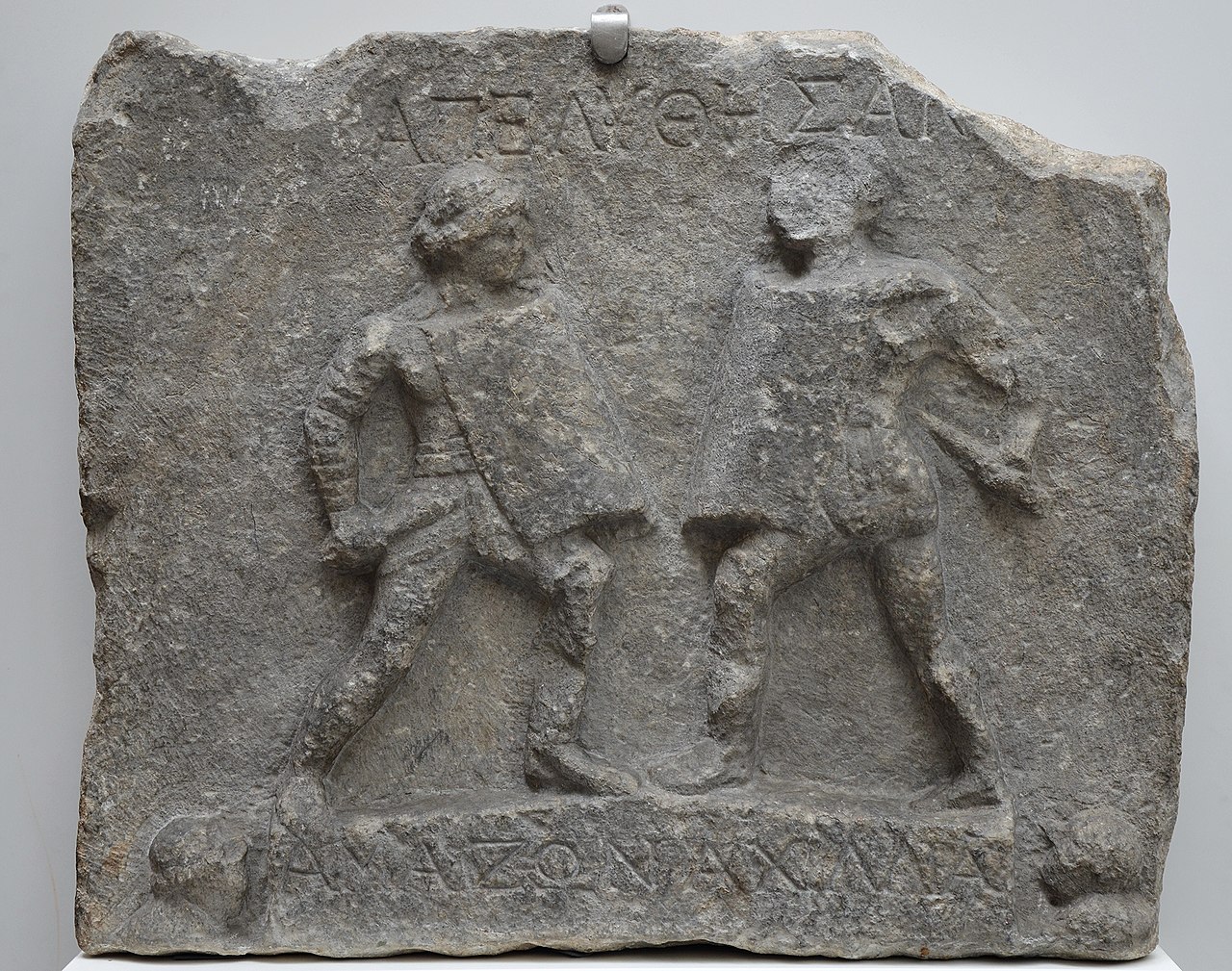
In Ancient Rome, female fighters were known as “Gladiatrix” and were basically the equivalent of Roman male gladiators. However, instead of fighting other men, they fought other Gladiatrix or even wild animals. These battles took place during special events in arenas and festivals.
It’s important to note that there are no Latin words from the Roman period that specifically referred to the Gladiatrix. The term “Gladiatrix” is more of a recent term used to describe these female fighters. There is limited historical evidence and documented accounts of their existence, according to Heritage Daily.
To the ancient Romans, seeing women gladiators in combat was quite an unusual and novel thing, and they didn’t always view it positively. Oftentimes, they would match a Gladiatrix against opponents of similar skill and strength, creating exciting but sometimes controversial battles in arenas.
Women gladiators in ancient Rome got trained the same way as men
Decimus Junius Juvenalis, an ancient Roman poet, noted that women gladiators trained for combat using the same methods and weapons as men. However, it is essential to also note that there are no records of a ludus, or gladiator school, dedicated to training females in this way.
Juvenalis explained that women from all social classes, whether they were high-class (feminae) or common women (mulieres), engaged in gladiatorial training. However, it’s doubtful that upper-class females would actually step into the arena to fight, mainly because of the social stigma associated with it.
This Roman marble relief shows one of my favourite depictions of a gladiator. It was found at Halicarnassus (present-day Turkey), and depicts two heavily armed female gladiators, named Amazon and Achillia. pic.twitter.com/zvVs1zw9Tc
— Ticia Verveer (@ticiaverveer) July 4, 2020
In Roman society, the activities of common women (mulieres) didn’t often draw much attention or concern from the public. Thus, if a common woman chose to appear on stage as a performer (ludi) or participate in the arena, it was, according to Heritage Daily, unlikely to result in significant social criticism or bring shame to her family.
Evidence of arena combats in 2nd century AD
We can find evidence in support of the existence of arena combats by female gladiators of ancient Rome in an inscription at Ostia Antica, which documents the arena games that took place in the 2nd century AD.
The inscription mentions a local magistrate’s involvement in providing “women for the sword,” specifically categorizing them as mulieres rather than feminae, wrote Heritage Daily.
Furthermore, written sources, such as a contemporary account by the historian and chronicler Cassius Dio (AD 155-235), describe a festival held in honor of the Roman Emperor Nero’s Mother.
𝐒𝐏𝐇𝐈𝐍𝐗 𝐯𝐬 𝐀𝐂𝐇𝐈𝐋𝐋𝐀
𝐏𝐫𝐨𝐯𝐨𝐜𝐚𝐭𝐫𝐢𝐜𝐞𝐬. 𝐆𝐥𝐚𝐝𝐢𝐚𝐭𝐫𝐢𝐜𝐞𝐬.
𝐋𝐕𝐃𝐕𝐒 𝐆𝐋𝐀𝐃𝐈𝐀𝐓𝐎𝐑𝐈𝐕𝐒 𝐁𝐀𝐑𝐂𝐈𝐍𝐎𝐍𝐄𝐍𝐒𝐈𝐒#ReviuIlturo #antigaRoma #Gladiatura #Gladiatrix #Provocatrix #ArsDimicandi #Barcino #reenactment #Fight #RecreacióHistòrica pic.twitter.com/mgIuu4JvZu— 𝐁𝐚𝐫𝐜𝐢𝐧𝐨 𝐎𝐫𝐢𝐞𝐧𝐬 (@BarcinoOriens) October 25, 2023
During this festival, women took part in various activities, including horseback riding, hunting wild animals, and even engaging in gladiatorial combat. Some women participated willingly, while others may have been forced to do so against their own will, according to Cassius Dio.
Archaeologists discovered a lamp with an image of a fallen gladiator as well as other lamps depicting gods related to gladiatorial games. Alongside these discoveries, they also uncovered pinecones, which were typically burned at the arena for purification purposes, reported Heritage Daily.
This finding has led to the suggestion that the deceased individual may have been a Gladiatrix, and in the UK media, she’s been referred to as the “Gladiator Girl.”
See all the latest news from Greece and the world at Greekreporter.com. Contact our newsroom to report an update or send your story, photos and videos. Follow GR on Google News and subscribe here to our daily email!



